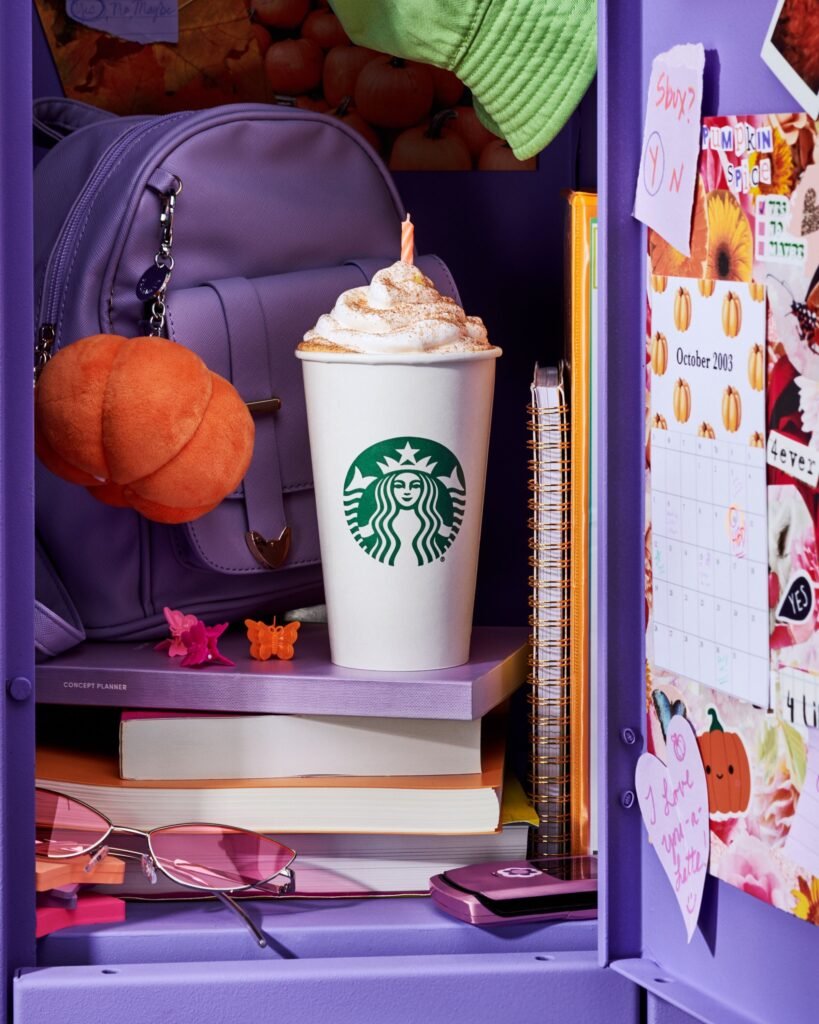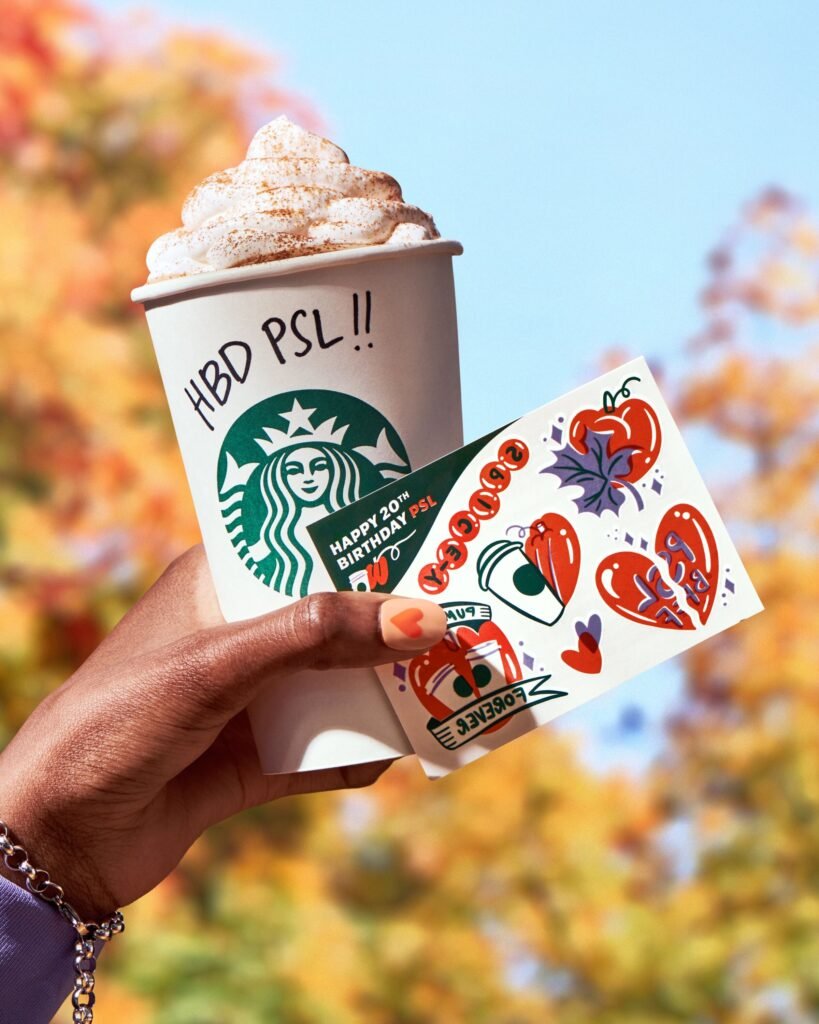From Chipotle To Starbucks: Brian Niccol’s New Leadership Challenge
- Leave a Comment
- James M
- August 14, 2024

With the abrupt resignation of Laxman Narasimhan, the company’s CEO of little more than a year, Starbucks is going through a dramatic change in leadership.
His resignation is the most recent in a string of management shuffles at the corporation, which is indicative of the difficulties it has recently encountered.
During Narasimhan’s tenure, the coffee giant had challenges in adapting to changing market conditions, which included dwindling sales and dissatisfied consumers.
With effect from September 9, Starbucks has named Brian Niccol, the CEO of Chipotle, as its new chairman and CEO in a daring attempt to get the business back on track.
Niccol leads Chipotle through a dramatic transition during his stay, and he brings with him a track record of successfully revitalizing faltering brands.
Starbucks views his ability to spur development and innovation as essential to its efforts to reclaim its position in the cutthroat coffee industry.
Starbucks’ stock has already increased by about 19% since the announcement of the sudden leadership shift.
There is cautious optimism that Niccol’s leadership will bring about the reforms required to address Starbucks’ issues and rejuvenate the brand’s worldwide presence as he gets ready to take over.

An Overview of the Leadership Transition
When Laxman Narasimhan took over as CEO of Starbucks in March 2023, the business was already facing a number of difficulties.
After a period of instability in the company’s leadership, his appointment raised expectations that he would provide stability and fresh focus. But Narasimhan’s time in office turned out to be brief and unpleasant.
He made an attempt, but was unable to successfully negotiate the intricate world of the coffee industry, which resulted in his quick resignation a little more than a year after he took the job.
Starbucks saw serious performance problems during Narasimhan’s leadership, chief among them being a fall in sales in the company’s vital North American market as well as internationally.
The company revealed a 2% decline in its North American operations and a 3% drop in worldwide sales at locations open for at least a year.
Given that Starbucks’ main market and a major factor in determining its overall business performance is North America, investors and stakeholders were especially concerned about this downward trend.
Concerns regarding the company’s operational effectiveness and strategy were raised by its inability to sustain its sales momentum.
Under Narasimhan’s direction, customer fatigue also emerged as a critical issue as consumers got more and more jaded with exorbitant costs and a dearth of innovation.
The company’s decision to abandon its sit-down coffee shop format and concentrate mostly on drive-thru and mobile takeaway was not well received by its clientele.
Sales and foot traffic at Starbucks were on the decline because many devoted customers felt cut off from the experience they had once loved. Furthermore, Starbucks’ market share was further reduced by rivalry from low-cost rivals and smaller, independent coffee shops.
The confluence of these obstacles resulted in mounting discontent among Starbucks’ backers, who felt let down by the company’s inability to turn around.
Major criticisms of Narasimhan’s leadership included the product lineup’s lack of noteworthy innovation and the declining quality of the customer experience.
These elements ultimately led to the decision to replace the company’s CEO in the hopes that a new leader would be able to handle the company’s persistent problems with new ideas and a more successful approach.
Starbucks up 20% post getting new CEO from Chipotle which is down 9%
— AIM Investments (@AimInvestments) August 13, 2024
Stock market is so fast to act. pic.twitter.com/ujTeIaKhnn
Brian Niccol's Past Performance
When Brian Niccol took over as CEO of Chipotle Mexican Grill in February 2018, his standing as a transformative leader was cemented.
Chipotle was reeling from a string of food safety incidents that had badly tarnished its brand and resulted in large financial losses when Niccol took over.
Niccol led the implementation of a strategic turnaround that led to the company’s exceptional development and the restoration of consumer confidence.
He implemented a number of measures aimed at boosting consumer satisfaction, ensuring food safety, and reviving the brand’s reputation.
Leading significant sales growth at Chipotle was one of Niccol’s most noteworthy accomplishments. Chipotle’s income rose by around 800% under his leadership, demonstrating the success of his policies.
Acknowledging the growing significance of online ordering and delivery in the fast-casual dining industry, Niccol gave priority to digital innovation.
He oversaw the creation and growth of Chipotle’s online ordering system, which included the company’s rewards program being improved and a user-friendly mobile app being released.
Sales and customer loyalty skyrocketed as a result of these programs’ major improvements in ease and consumer engagement.
Niccol had a big influence at Taco Bell before being successful at Chipotle. He was CEO there from 2015 to 2018. Niccol played a key role in Taco Bell’s comeback by emphasizing innovative menu items and imaginative marketing strategies.
He brought in well-known products like the Doritos Locos Tacos, which shot to fame and helped revitalize the brand’s appeal among younger consumers.
During his tenure, Niccol’s focus on audacious and non-traditional marketing techniques helped Taco Bell become one of the most well-known and prosperous brands in the fast-food sector.
Because of his work at Taco Bell and Chipotle, Niccol has established himself as a leader with a strong grasp of consumer behavior and a track record of turning around failing companies.
Respected in the foodservice business, he has a history of fostering growth through innovation, whether it be in menu items or digital platforms.
With the intention of reviving the coffee giant’s brand and tackling its present issues, there is a great expectation that Niccol will bring the same caliber of strategic acumen and leadership to Starbucks as he gets ready to assume the job of CEO.
STARBUCKS CLOSED THE DAY UP 25% AFTER IT FIRED ITS CEO AND HIRED A NEW ONE
— GURGAVIN (@gurgavin) August 13, 2024
IMAGINE GETTING FIRED AND THE STOCK GOES UP 25% ON THAT NEWS$SBUX pic.twitter.com/pFjiCF0m47
The operations and strategic direction of Starbucks are anticipated to be significantly impacted by the hiring of Brian Niccol as CEO.
It’s widely expected that Niccol would bring new ideas to Starbucks, given his history of successfully reviving businesses through innovation and customer-focused tactics.
A fresh emphasis on digital innovation, improving the customer experience, and perhaps reevaluating Starbucks’ menu options to better suit current consumer trends are likely components of Niccol’s strategy.
Along with addressing the company’s long-standing operational inefficiencies, his leadership is anticipated to improve overall store performance and profitability.
Following Niccol’s appointment, the financial markets moved quickly, indicating that investors were confident in his capacity to bring the company around.
Starbucks’ stock shot up about 19% after the news was released, wiping out its losses for the year and setting a record for one of the biggest single-day gains in the company’s history.
This encouraging response confirms the market’s perception that Starbucks would experience much-needed stability and growth under Niccol’s leadership, especially in light of the company’s growing competition and weary customer base.
Conversely, Chipotle’s stock dropped 9% as a result of worries over the leaving of a key figure who had played a key role in the company’s amazing comeback.
Another significant component of Niccol’s employment that is anticipated to have an impact on Starbucks’ internal dynamics is his reputation as a “culture carrier.”
Niccol has a reputation for building a solid corporate culture that appeals to both staff and consumers and is consistent with the brand’s ideals.
He placed a strong emphasis on employee empowerment, customer satisfaction, and openness at Chipotle, all of which helped the company see a comeback.
Niccol is expected to give comparable cultural initiatives top priority in his new role at Starbucks, emphasizing customer relations, employee engagement, and reaffirming Starbucks’ position as the world’s leading coffee company.
Niccol’s career has been distinguished by innovation, and his selection is interpreted as an indication that Starbucks will be giving this sector more attention going forward.
Niccol’s creative spirit should lead to big things happening at Starbucks, such new product launches, improvements to the digital user experience, or more effective operating procedures.
His earlier successes have been largely attributed to his ability to predict and address customer requirements; as Starbucks faces new obstacles, this ability will be crucial to maintaining the brand’s relevance and expansion in a market that is becoming more and more competitive.

Starbucks is presently facing some noteworthy obstacles that are impacting its business operations and financial performance.
The rising cost of labor and commodities is one of the most urgent problems, as it has strained margins and made it more difficult to maintain competitive pricing.
Starbucks is presently facing some noteworthy obstacles that are impacting its business operations and financial performance. The rising cost of labor and commodities is one of the most urgent problems, as it has strained margins and made it more difficult to maintain competitive pricing.
Starbucks is trying to strike a balance between profitability and its reputation as an ethical employer, and these labor difficulties not only affect the company’s operational efficiency but also put its public image at danger.
Starbucks is up against fierce competition in both its Chinese and North American markets, in addition to internal issues.
Starbucks has battled with diminishing sales in North America, where it has historically dominated, as consumers become increasingly price-sensitive in the face of economic uncertainty.
Additionally, the popularity of low-cost competitors and the emergence of smaller, independent coffee shops have eaten into Starbucks’ market share.
Starbucks’ sales growth in China, its second-largest market, has slowed down, which has been made worse by regional rivals like Luckin Coffee, which has been actively growing.
Starbucks needs to concentrate on strengthening its customer interaction tactics and operational efficiency in order to overcome these obstacles.
Customer satisfaction has declined in many establishments as a result of operational inefficiencies like lengthy wait times and uneven service quality.
The company’s transition to drive-thru and mobile takeout, while convenient, has occasionally left customers with a less personalized and engaging experience, which has exacerbated these problems.
Starbucks will need to restore its competitive edge by streamlining operations to cut down on wait times, enhancing employee training, and guaranteeing a reliable, excellent customer experience.
Another crucial area where Starbucks needs to make major improvements is customer involvement.
The company’s current business model has come under fire for placing an excessive amount of emphasis on transactional relationships and not enough on fostering the kind of warm, neighborhood-focused atmosphere that first helped to establish Starbucks as a beloved brand.
Starbucks will need to innovate in both its product offerings and entire consumer experience if it is to regain its lost market share.
This can entail developing new loyalty programs, redesigning store layouts to promote greater social interaction, and utilizing digital platforms to provide a more customized shopping experience.
Reversing the present negative trends will require reengaging clients and reestablishing their emotional bond with the company.
Starbucks is ready for a time of change under Brian Niccol’s direction with the goal of restoring its status as the industry leader in coffee.
There is high hope that Niccol will bring a new, strategic approach to Starbucks given his track record of effectively turning around troublesome businesses.
Under his direction, the company will probably concentrate on reimagining the customer experience, promoting digital innovation, and launching new goods that cater to changing consumer preferences.
When Niccol attempts to resolve the company’s current issues and put it on a road of sustainable growth, his capacity to strike a balance between operational efficiency and brand rejuvenation will be crucial.
Putting more of an emphasis on digital and mobile platforms is one tactic Niccol might use. He greatly increased Chipotle’s online presence, and Starbucks might benefit from a similar strategy to increase brand appeal, especially with younger, tech-savvy customers.
This can involve adding features to the Starbucks app, customizing the rewards programs, and creating a fluid, user-friendly online ordering experience.
In order to increase service effectiveness, decrease wait times, and create a more uniform experience among all Starbucks locations, Niccol may also concentrate on optimizing operations.
Niccol is anticipated to launch new menu items that are in line with the tastes of the consumer base, including plant-based options, healthier options, and beverages that address particular dietary trends.
His experience at Taco Bell and Chipotle indicates that he is aware of the value of having a diverse menu and maintaining the brand’s relevance.
Niccol might potentially look for joint ventures and partnerships that might expose Starbucks to new markets or populations, so broadening its presence internationally.
Niccol’s background in fast-casual eating puts him in a good position to contribute a creative, customer-focused approach to Starbucks’ product strategy.
Experts in the field are cautiously enthusiastic about Starbucks’ prospects under Niccol’s direction. Many think that his experience in leveraging innovation and digital transformation to drive development will be crucial in navigating the company’s present challenges.
How Niccol will handle the difficulties in Starbucks’ main markets—particularly in China and North America—has analysts particularly intrigued.
Despite the difficulties that lie ahead, it is believed that Niccol’s leadership will enable Starbucks to regain its competitive advantage, win back the trust of investors, and eventually reclaim its position as the world’s preeminent coffee company.
Conclusion:
Starbucks recently underwent a leadership transition, which represents a turning point in the company’s history and a change in approach as it negotiates a difficult and complex business climate.
The appointment of Brian Niccol as CEO is accompanied by a depth of expertise in reviving companies and promoting growth via innovation.
His track record at Taco Bell and Chipotle demonstrates that he has the abilities and foresight required to tackle the pressing problems affecting Starbucks, such as changing customer expectations and operational inefficiencies.
As Niccol assumes leadership, curiosity surrounds how he will address Starbucks’ most critical issues.
Insiders in the industry as well as devoted Starbucks patrons will be keenly observing Niccol’s tactics, whether they involve digital innovation, product diversification, or improving the customer experience. The possibility of a successful turnaround under his direction is as great as the stakes.
With Brian Niccol leading the company, Starbucks has a bright future ahead of it, but there is also a lot of uncertainty. Despite the considerable obstacles, Niccol’s leadership presents a novel viewpoint and a calculated plan of action that can rekindle Starbucks’ expansion and revitalize its image.
There is hope that Starbucks may overcome its current problems and emerge stronger, charting a new path for success in the years to come, with his emphasis on innovation and customer-centric solutions.
